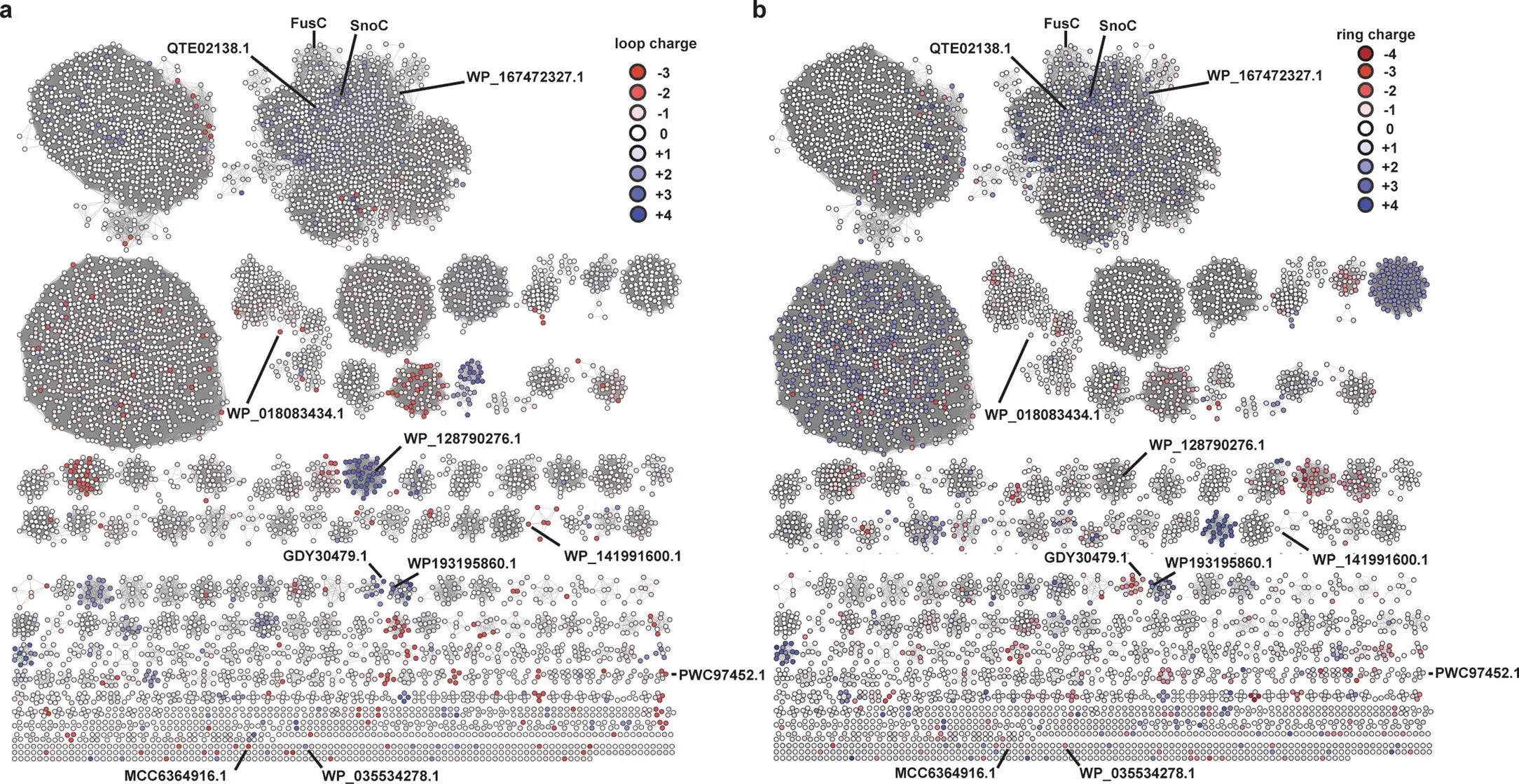Lasso peptides represent a fascinating class of natural products derived from bacterial origins. Characterized by their unique lasso or slip-knot configuration, these molecules exhibit remarkable stability, allowing them to withstand harsh environmental conditions. Their structural properties are not merely an interesting anomaly; they confer significant therapeutic potential. These peptides demonstrate a wide array of biological activities, including antibacterial, antiviral, and anticancer effects, making them prime candidates for developing new drug therapies.
Researchers have recently advanced the understanding of lasso peptides, shedding light on their synthesis and potential applications in medicine. The intersection of biotechnology and structural biology has sparked a whirlwind of innovative approaches aimed at harnessing the power of these fascinating molecules. By examining the intricate process of how lasso peptides are formed, scientists are laying the groundwork for translating these discoveries into clinical applications.
Lasso peptides are generated through a sophisticated biochemical process. Initially, ribosomes synthesize linear precursor peptides by linking together specific sequences of amino acids. This linear molecule serves as the foundation upon which further modifications occur. Following this initial synthesis, two critical enzymes—peptidases and cyclases—collaborate to meticulously convert these linear peptides into their characteristic knotted structures.
This significant transformation has been an area of intensive study for over thirty years, primarily due to the complexities involved in understanding how cyclases achieve such intricate folding. The challenges of working with these enzymes are notable, as they often exhibit issues with solubility and activity when extracted for purification. However, a breakthrough came with the characterization of fusilassin cyclase (FusC) in 2019, which provided a valuable model for studying the knot-tying process of lasso peptides.
Harnessing Computational Tools for Structural Insights
The intriguing nature of FusC’s structure remained elusive for some time, prompting researchers to explore computational methods to gain insights into its functionality. By utilizing artificial intelligence programs such as AlphaFold, the research team was able to predict the protein’s structure accurately. This computational analysis proved instrumental in identifying critical active site residues essential for interacting with the lasso peptide substrate.
The research did not stop there. Through molecular dynamics simulations, scientists immerged themselves in the atomic-level interactions between cyclases and lasso peptides. This approach was unprecedented in the field, allowing for the collection of extensive simulation data. The power of collaborative computational resources, like Folding@home, enhanced these efforts, enabling a deeper understanding of the biophysical interactions that underpin the formation of lasso peptide structures.
Following their computational investigations, the research team proceeded to validate their findings through a series of experiments. They engaged in cell-free biosynthesis experiments, manipulating the components necessary for lasso peptide synthesis in controlled environments. By introducing enzyme variants with modifications in specific regions of the cyclase, such as helix 11, they identified variants capable of producing previously unachievable lasso peptides.
This significantly deepens the existing empirical overview of lasso peptide synthesis and cements a foundational model for future research. The ability to selectively engineer cyclases broaden the chemical diversity of lasso peptides available for therapeutic applications, paving the way for novel drug development.
The implications of this research extend far beyond the laboratory bench. Collaborations with biotech companies, such as Lassogen, exemplify how these insights can transition into practical solutions. As the researchers demonstrated, engineered cyclases can efficiently produce potent inhibitors targeting integrins associated with cancer progression, showcasing the potential of lasso peptides in oncology.
Mark Burk, CEO of Lassogen, emphasizes the urgency and necessity of diversifying lasso peptide structures to optimize drug efficacy. Traditional natural enzymatic processes often limit the range of peptides that can be synthesized, but through engineered variations, there lie vast opportunities for innovation in drug discovery.
The success of this research further illustrates the importance of interdisciplinary collaborations in modern scientific inquiry. Indeed, leaders in biochemistry, engineering, and computational biology have converged to tackle the complexities of lasso peptide synthesis. As Douglas Mitchell articulated, the synergy of powerful computational resources, advances in artificial intelligence, and sophisticated biosynthetic methods has culminated in significant progress in understanding this unique class of molecules.
This pioneering study stands testament to the multifaceted approach needed to unlock the full potential of lasso peptides, undoubtedly serving as a springboard for future research initiatives aimed at developing novel therapeutic strategies. The journey to harness the power of these singular molecules is just beginning, with promising horizons on the therapeutic landscape for many diseases yet to be explored.


Leave a Reply